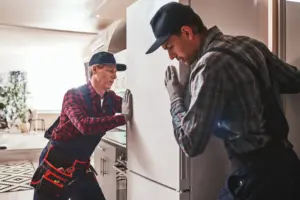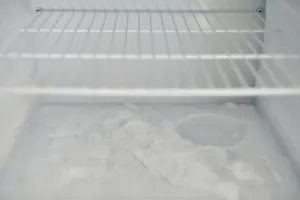Who Fixes Dishwasher
When plates come out streaked, the rack jams, or the control panel stops responding, the first question many homeowners ask is simple: who fixes dishwasher problems quickly and correctly? The answer matters because a modern kitchen depends on clean dishes each day, and delays add up fast in time and water waste. This guide explains the types of professionals who handle diagnostics and repair, how they approach common failures, what you can safely check yourself, and when a repair makes more sense than a replacement. You will also learn how local conditions like water hardness shape outcomes and why correct installation is often the difference between recurring trouble and years of smooth operation.
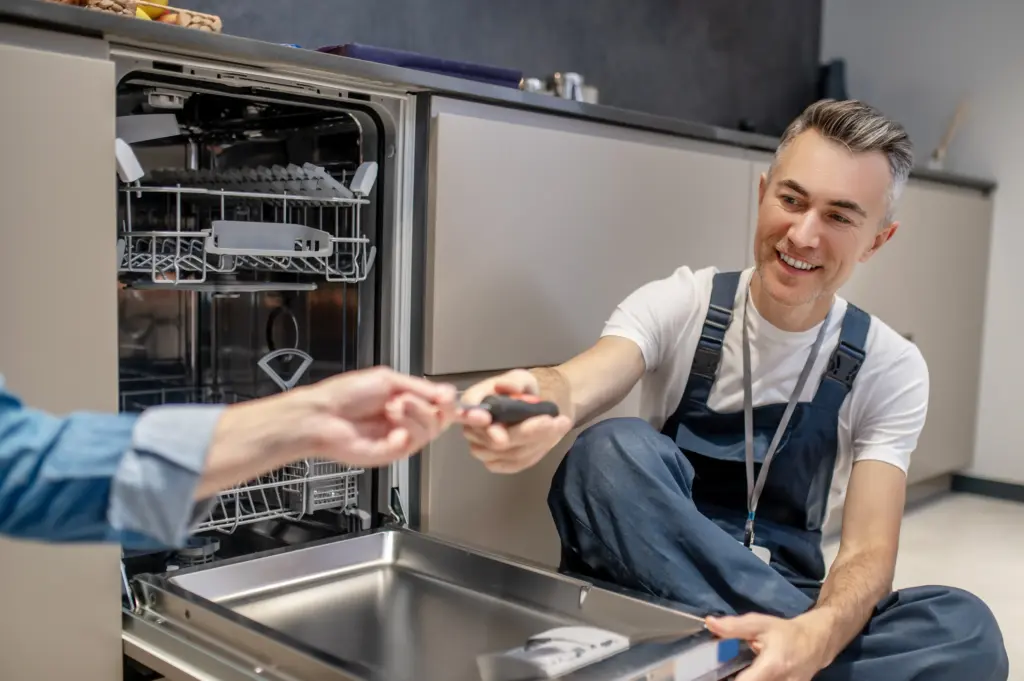
Which professional should you call first
Several pros can address kitchen cleaning equipment, but their scopes differ. Manufacturer warranty service centers focus on in-warranty machines and brand-specific bulletins. Independent appliance technicians cover a wider range of models and ages, offering flexible scheduling and cost-effective solutions after warranty periods end. Licensed electricians step in when there are supply issues, tripped breakers that won’t reset, or damage to junction boxes. Plumbers become relevant if the supply valve is seized, the drain line is misrouted, or an air gap is missing, creating backflow from the sink. Understanding lanes reduces rework: most performance issues benefit from a skilled appliance technician who can test components, read fault codes, and determine whether the root cause is mechanical, electrical, or installation-related.
If you are sorting options by brand and reliability, aggregated owner surveys can help frame expectations. Independent testing organizations publish long-term performance data, and their brand snapshots can guide purchase and service choices without bias. For a research-based overview of model reliability and owner satisfaction, see the latest rankings at Consumer Reports, then balance that information with local service availability and parts access in your area.
How pros diagnose problems the right way
Reputable technicians don’t start by swapping parts. They begin with installation checks: leveling, clearance, and door seal compression. Next, they verify the supply temperature and pressure at the inlet, because lukewarm water lengthens cycles and stresses heaters. They inspect the high loop or air gap at the sink to prevent backflow into the tub. Only after the basics are confirmed do they open panels to test the circulation pump, drain pump, float switch, heater, thermistor, door latch, and control board outputs. This sequence matters because a misrouted drain hose can mimic a failing drain pump, and a clogged inlet screen can mimic control issues by stretching the fill time beyond limits.
Good diagnostics also include water chemistry. In hard-water regions, scale forms on heaters and inside spray arms, raising run times and leaving a chalky film. A pro recognizes the pattern—longer cycles, poor drying, noisier pumps—and recommends descaling, a rinse aid regimen, and sometimes a softening solution. These steps restore performance and prevent repeat service calls tied to the same root cause.
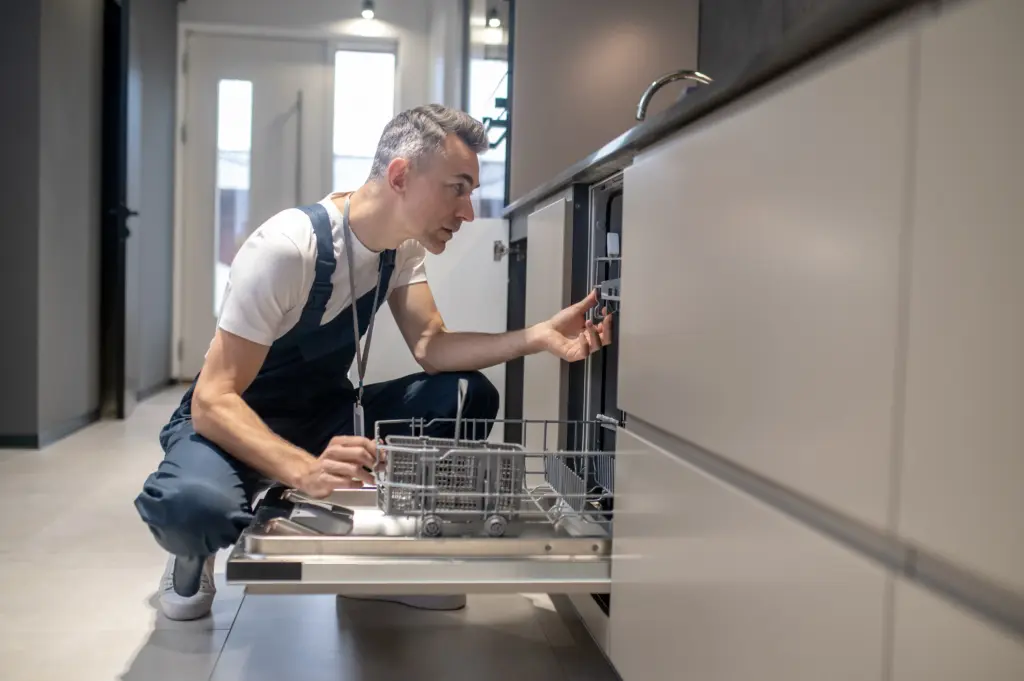
Common symptoms and what they often mean
Standing water after a completed cycle often points to a kinked hose, a clogged air gap, or debris in the drain pump. Slow, noisy wash action can indicate a circulation pump bearing on its way out or obstructions in the sump. Cloudy glassware or residue indicates low inlet temperature, scaled heaters, or incorrect detergent dosing. Doors that pop open mid-cycle can be traced to leveling or a worn latch. Intermittent power or random resets suggest a failing user interface or control board, sometimes triggered by prior moisture ingress under the panel. The value of a trained hand is the ability to separate a quick fix—like clearing a seed—from a part nearing end of life.
If you prefer a do-it-yourself triage before any service call, start with safe checks that require no disassembly. Confirm that the sink’s hot water reaches temperature before starting a cycle, that the drain hose forms a proper high loop, and that the filter is clean. For persistent drain complaints, follow our step-by-step overview in why a dishwasher won’t drain all the way to rule out easy causes.
What a thorough service visit includes
Expect a detailed inspection. A reliable technician will remove the toe kick, check for moisture trails, and ensure all wiring at the junction box is tight and correctly capped. They’ll test components under load, not just for continuity, and verify sensor readings in diagnostic modes where the model supports it. They will also assess rack alignment, spray arm clearance, and the condition of gaskets. Finally, they should explain what failed, why it failed, and how to prevent a repeat—whether that means adjusting detergent, using rinse aid, or correcting a drain routing error. Clear documentation protects you if a related issue returns within the warranty window for the repair.
DIY boundaries: what’s safe and what to leave to a pro
Homeowners can clean filters, clear visible obstructions, and inspect the air gap. They can also reset panels on certain brands after a surge, a step that sometimes restores normal operation without parts. For brand-specific instructions, our guides to resetting LG and resetting Samsung outline typical sequences. Beyond those basics, it is safer to call a technician. Live voltage testing, heater replacement, control board swaps, and leak tracing behind panels carry risk and, when done incorrectly, can damage cabinetry or void warranties. A good rule: if tools and power need to come out, it’s time for a qualified visit.
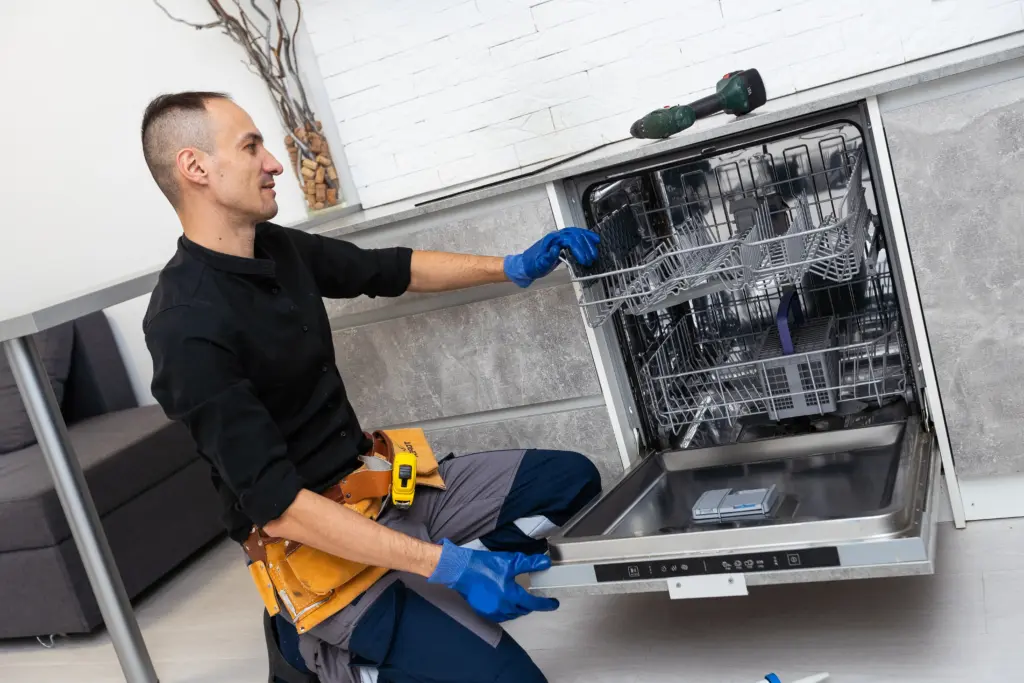
Repair versus replace: a balanced way to decide
Cost decisions work best with a simple framework. If the machine is mid-life and needs a modest part—latch, inlet valve, float switch, drain hose—a repair usually makes economic sense. If it is late-life and the main circulation pump or control board fails, compare the estimate to half the price of a comparable efficient model. If the repair exceeds that threshold, the replacement path gains logic because it resets the warranty clock and usually lowers operating costs. Keep installation and haul-away in the math, along with your local water conditions; a new unit paired with better water management can eliminate the root cause that likely shortened the previous unit’s service life.
Efficiency features now improve durability as well as bills. Soil sensors reduce runtime on light loads, variable-speed motors avoid peak stress, and stainless-steel tubs retain heat for better drying while dampening noise. To see how design improvements align with lower wear, review the ENERGY STAR overview of dishwashers and look for models that match your household’s patterns of use.
The role of installation in long-term reliability
Many chronic issues trace back to the first day the unit was set in place. Without proper leveling, the door seal compresses unevenly and leaks can appear along a single edge. An absent high loop or clogged air gap lets sink waste migrate into the tub and sump. A circuit shared with heavy loads can cause nuisance trips and corrupt cycles mid-run. Correcting these details during a service visit often ends a string of unrelated complaints and reduces future expenses. Asking who fixes dishwasher problems is, in part, asking who will check and correct the install—not just the part that failed.
Racking and loading matter, too. Tall items can block spray arms and detergent doors, sending you into repeat cycles that add heat hours and wear. A pro will coach you on placement patterns that match your model’s spray geometry so you get full coverage without extending cycle times.
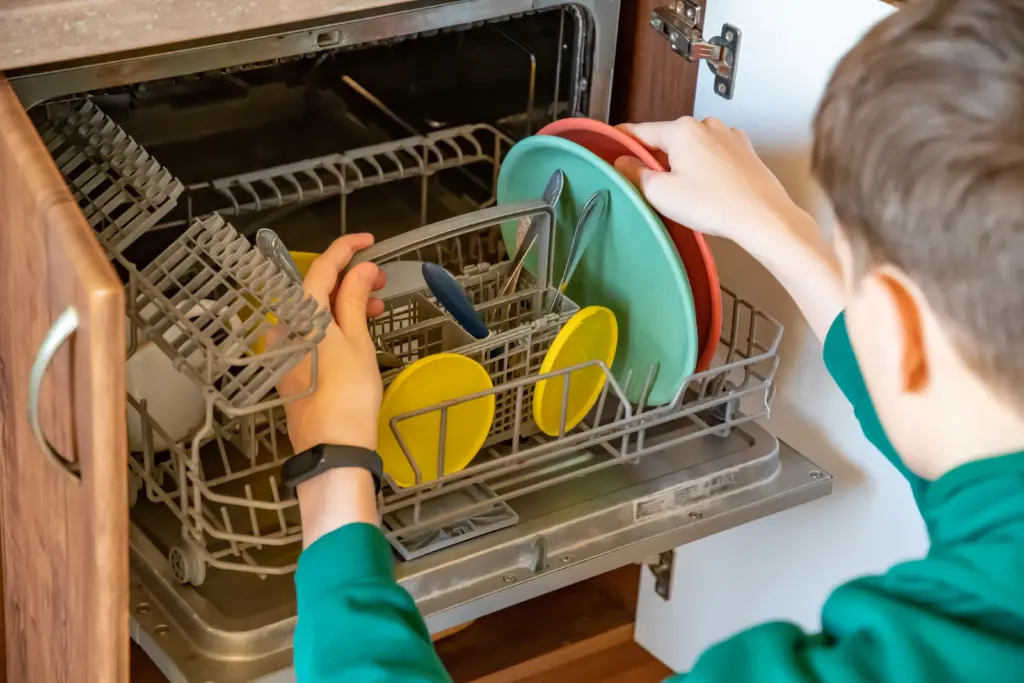
Water chemistry and maintenance routines
Hard water is the quiet enemy of heaters, pumps, and spray assemblies. Mineral film insulates heating elements, requiring longer on-times to reach target temperatures. Deposits narrow spray nozzles and increase noise as pumps work harder. A descaling routine, combined with the correct detergent amount and a rinse aid, protects components and keeps everything within design limits. Set reminders: clean the filter monthly, check the inlet screen quarterly, and run a cleaner or citric-acid wash on a schedule based on hardness. Small habits change outcomes more than brand labels do.
If frequent film or haze persists after maintenance, a technician can perform thermal checks to confirm the heater reaches the specification and that thermistors report accurately to the control. Evidence-based adjustments—rather than guesswork—prevent unnecessary parts swaps.
Local service matters as much as brand
Even a highly rated model is only as good as the support available nearby. When you choose a service partner, look for transparent pricing, stocked vehicles for common failures, and technicians trained on multiple brands. Ask whether they test components under load and provide a written repair summary. A team that services multiple major brands can also advise on long-term ownership costs if you are weighing a replacement. Strong local support closes the gap between theory and the daily reliability your kitchen needs.
For homeowners who want to study reliability trends before buying or calling for service, national surveys offer useful context. Use them to form expectations, then prioritize technicians who can translate that data into practical steps in your specific home configuration.

When a fast, informed repair saves the day
Busy households don’t have margin for repeat cycles and handwashing. A timely diagnostic prevents water damage from slow leaks, stops pump bearings from failing catastrophically, and restores normal cycle lengths. It also protects energy and water budgets—an overlooked benefit when performance declines gradually. The right visit feels different: the tech arrives prepared, explains findings in plain language, and implements a fix that addresses both the symptom and the cause.
Talk to a local expert before replacing
If you need guidance tailored to your kitchen layout, water quality, and model history, call My Appliance Guy at (440) 409-4541. A short conversation can confirm whether a simple adjustment, a targeted repair, or a full replacement will serve you best over the next five years, and we’ll outline what we check on every visit so you know exactly what to expect.
So, who fixes dishwasher issues with lasting results? Skilled appliance technicians who combine thorough installation checks, smart diagnostics, and clear prevention steps. Pair that expertise with a few steady maintenance habits, and your kitchen regains the quiet, consistent cleaning performance you planned for when the unit was new.

